
Write what you are looking for and press enter to begin your search!

Live News
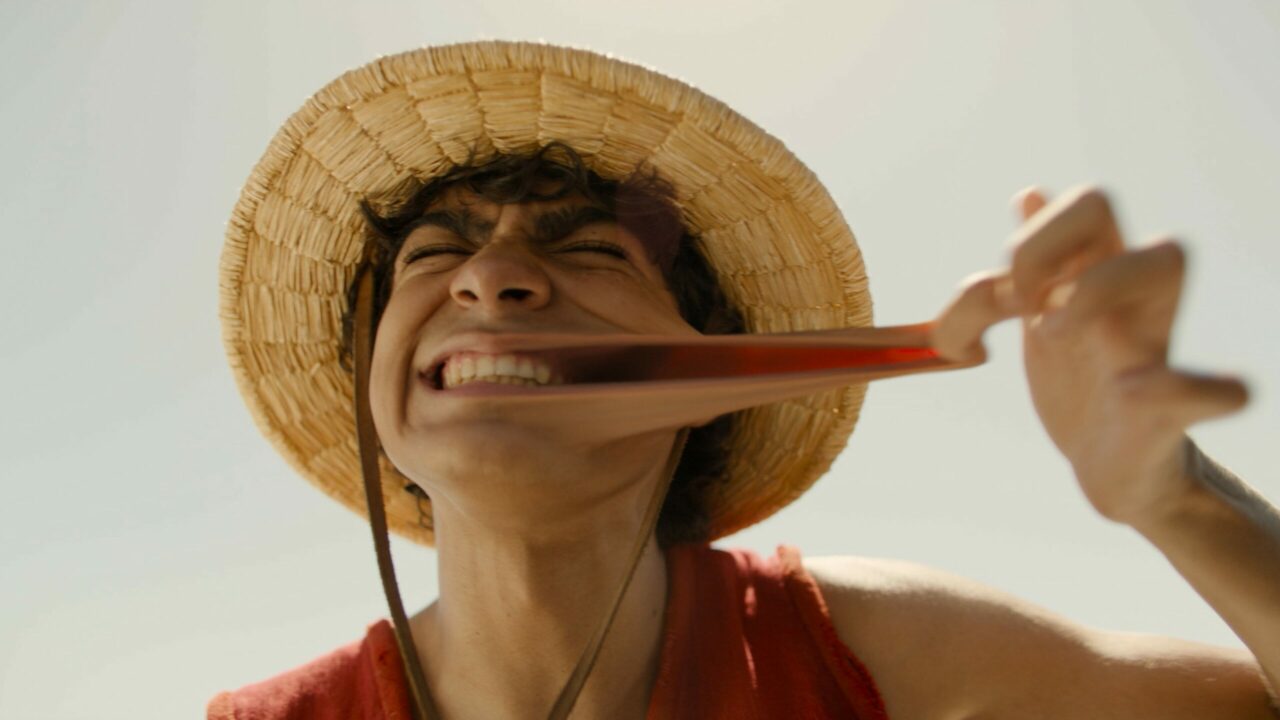

Netflix’s One Piece Live-Action Series Is The Perfect Gateway For New Fans
 ">
">
By Lewis "lickety" Larcombe|September 1, 2023|1 Comment
When news of the live-action adaptation of One Piece by Netflix emerged, many fans, myself included, approached it with scepticism. Anime adaptations haven’t always had the best track record. However, my hopes were buoyed by Eiichiro Oda’s active involvement in the project, allowing him to greenlight significant changes to the plot. With a sense of caution, I embarked on my binge-watching journey, expecting the worst. To my delight, after viewing all eight episodes, I can confidently say that this adaptation not only exceeded my expectations but also stands as the best live-action adaptation of a shonen anime/manga IP I’ve ever seen.
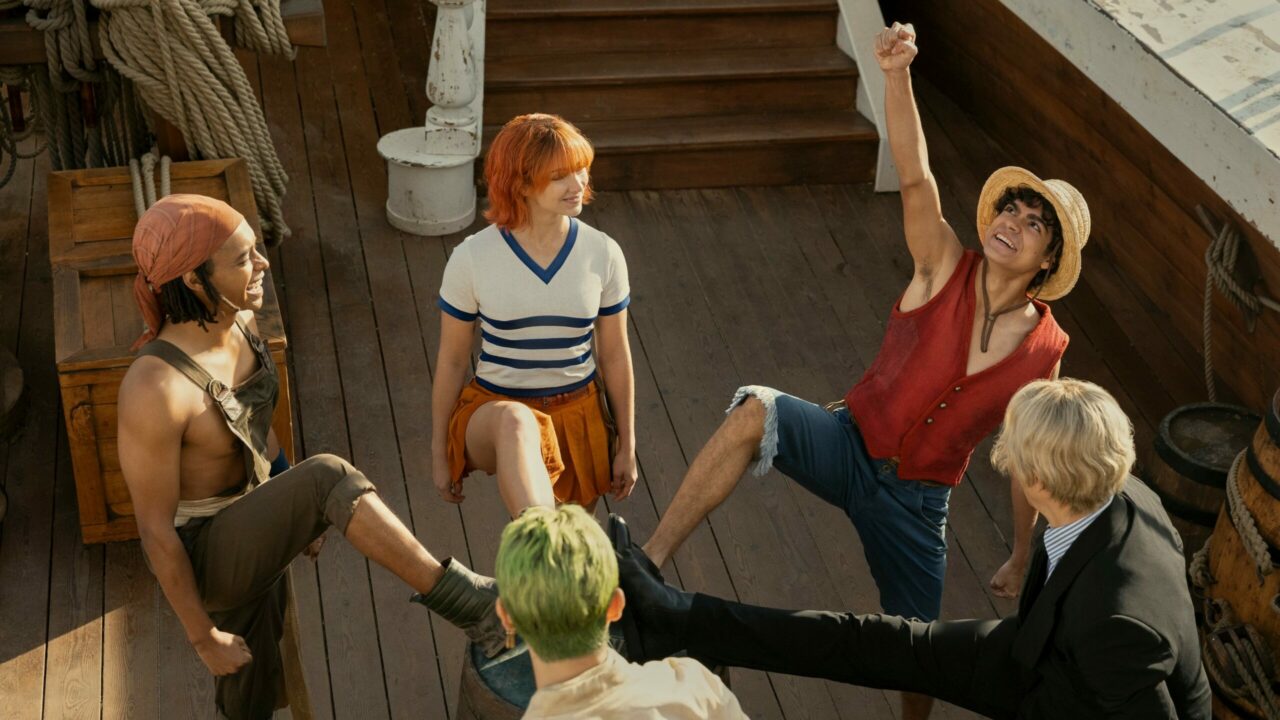
In the world of Netflix’s live-action adaptation of One Piece, the character portrayals were a captivating mix of faithfulness to the source material and creative deviations that breathed new life into familiar faces. Starting with the heart and soul of the crew, Luffy, Iñaki Godoy’s portrayal brought a refreshing energy to the role. Despite his Mexican background, he embodied Luffy’s carefree spirit with remarkable finesse. Notably, the adaptation made Luffy more empathetic and less oblivious, a choice that added depth to the character. Mackenyu’s Zoro was a visual masterpiece, leaving no room for disappointment. However, the adaptation slightly missed the mark when it came to capturing Zoro’s full coldness, a trait that contributes significantly to his charismatic persona. Emily Rudd’s Nami managed to stay true to the source material, albeit with a more serious tone in line with the adaptation’s overall atmosphere. Jacob Gibson’s Usopp hit the sweet spot between spinning tall tales and embracing his cowardice, making his portrayal satisfyingly authentic. Taz Skylar’s Sanji provided a fresh take on the character, complete with a charming English accent. This adaptation wisely navigated away from the character’s obsession with women, creating a Sanji that felt surprisingly familiar to real-life personalities.
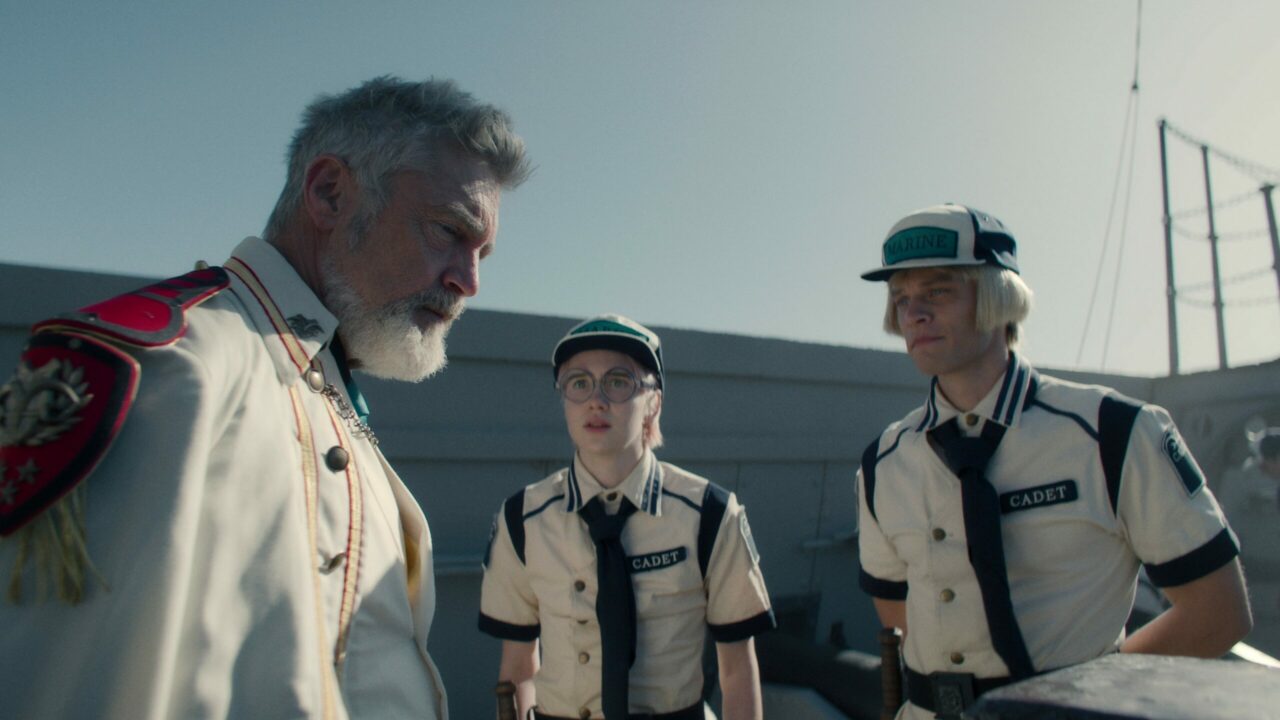
Beyond the Straw Hat crew, the live-action adaptation breathed life into various supporting characters with distinctive touches. Garp, portrayed with excellence, maintained his mysterious aura from his initial anime introduction. Vincent Regan’s Scottish accent added depth to Garp’s character, perfectly conveying his age, authority, and experience. Koby and Helmeppo, characters known for their polarizing nature in the anime, retained their characteristic annoyance factor in the live-action adaptation. Axe-Hand Morgan was adapted nicely, his Putin-esque looks contributing to his tyrannical presence.
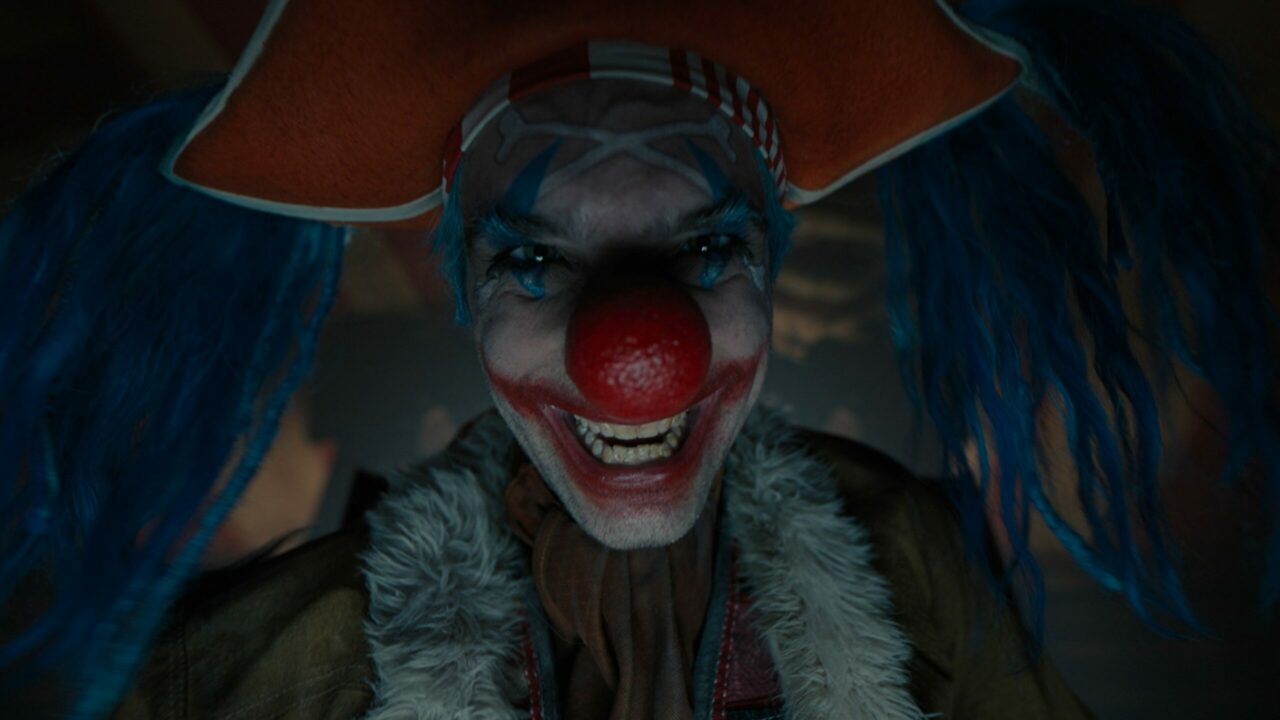
Jeff Ward’s Buggy the Clown was a standout, embracing a more unhinged and psychotic demeanour that meshed well with the adaptation’s seriousness. Arlong, though visually smaller than his anime counterpart, managed to capture the essence of the character without feeling overly campy. Shanks, initially met with scepticism, gradually won over viewers, with Peter Gadiot’s casting feeling spot-on by the series’ end. Mihawk, in a standout performance, embraced a sassier and more flamboyant persona, adding to his charm in this adaptation.
The live-action adaptation approached character dynamics and relationships differently than the anime, relying more on verbal and external expressions rather than visual and internal cues. This unique take was evident in scenes like Nami bidding farewell to Zoro, showcasing a distinct perspective on character relationships that aligned with the adaptation’s tone.
All in all, the character portrayals, both within and outside the Straw Hat crew, added depth and nuance to the live-action world of One Piece. They skillfully balanced fidelity to the source material with fresh interpretations, enriching the overall experience for fans of this beloved series.
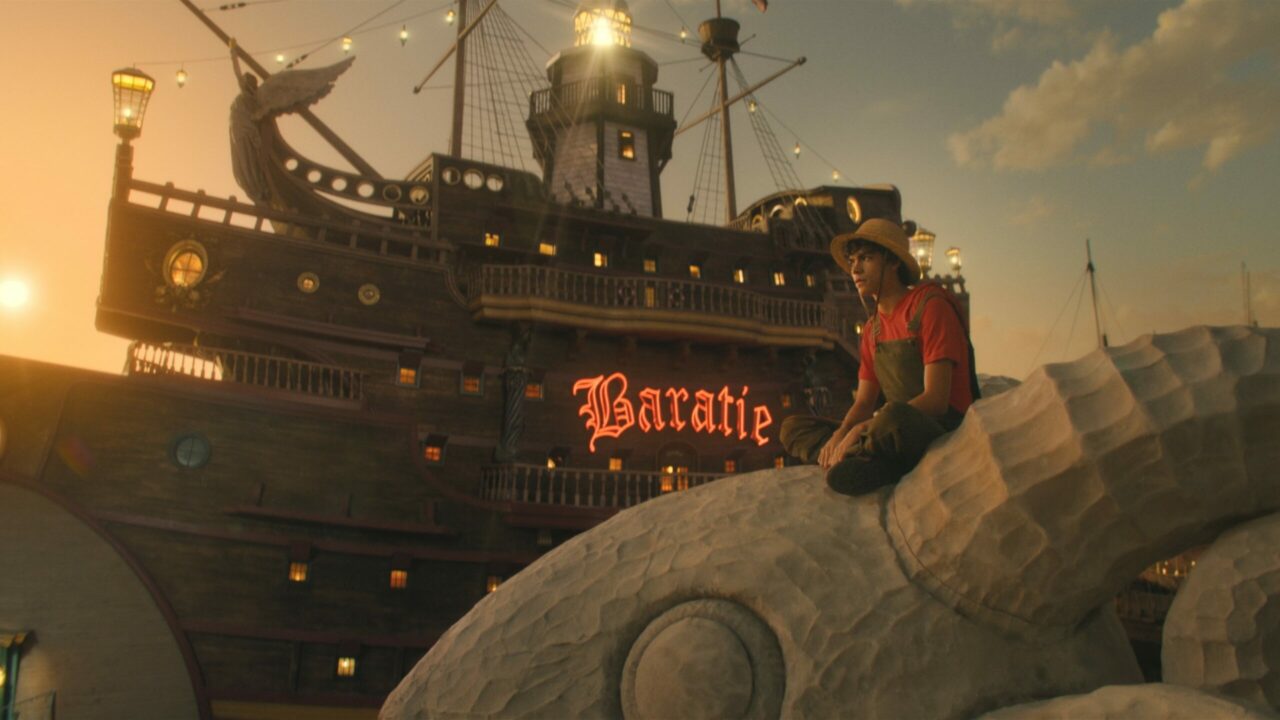
The live-action adaptation managed to stay fairly faithful to the original anime, with some notable changes. For instance, it omitted the impactful Hachiko-inspired dog scene during the conflict with Buggy. Another significant change was the absence of Don Krieg’s presence on The Baratie, replaced by Arlong’s initial encounter with Luffy. These deviations were necessary to condense the material into eight episodes while preserving Oda’s complex storytelling. Despite the alterations, the adaptation successfully captured the essence of One Piece, thanks in part to Oda’s passionate involvement, ensuring the changes did not compromise the series’ spirit.
Pacing was not an issue in the live-action adaptation, effectively eliminating the pacing problems that plagued the anime. The changes made to the story’s structure, as discussed earlier, did not negatively impact the pacing, and the adaptation managed to maintain a smooth and engaging flow throughout.
As mentioned earlier, the changes and deviations from the source material were necessary to condense the story into eight episodes. While some significant character-developing moments were omitted, the overall essence and appeal of One Piece remained intact. Oda’s passionate involvement in the project played a crucial role in preserving the feel of the series.
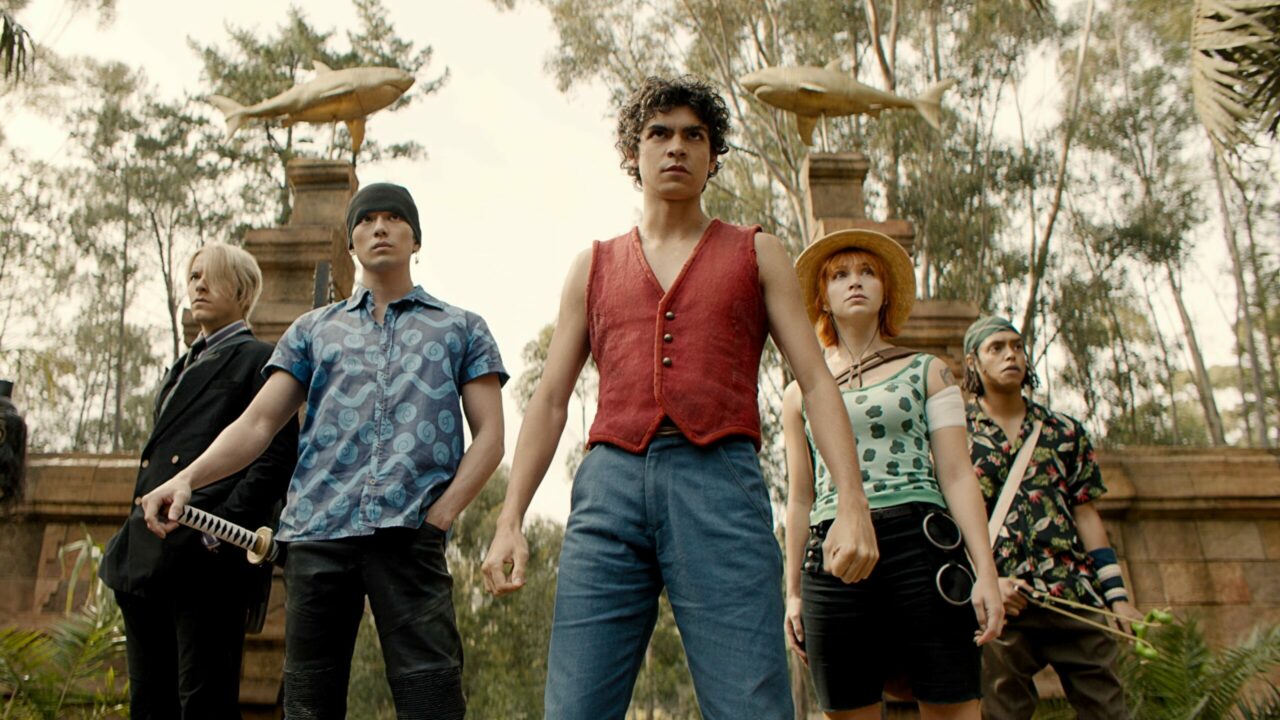
Now let’s talk about about visuals. I had concerns about the cosplay-like appearance of the costumes in the trailers, but the live-action adaptation managed to make these outfits feel realistic as the characters changed clothes in ways reminiscent of their source material counterparts. The set design, especially for The Baratie, was outstanding, capturing the essence of a realistic version of the restaurant. The visual effects team did an impressive job translating Oda’s unrealistic world into live-action, striking a perfect balance between realism and maintaining the series’ inherent fantastical elements.
The fight choreography for Zoro’s scenes was nothing short of phenomenal, thanks to Mackenyu’s martial arts background. Some of Sanji’s scenes, however, felt a bit jarring due to the visible use of cables during certain flips and jumps. Luffy’s fight scenes presented unique challenges but managed to maintain immersion without any significant issues.

The One Piece live-action adaptation stands as a heartfelt tribute from a dedicated fan of the series to fellow fans. Showrunner Matt Owens’ love for One Piece shines through, and the adaptation successfully introduces newcomers to the series by highlighting the core appeal of the Straw Hat crew and their pursuit of freedom. It condenses this essence into eight digestible episodes, making it an excellent entry point for newcomers.
While the live-action adaptation may not have been a necessary addition, it has proven to be a welcome one. The success of this series leaves room for optimism about future adaptations. Improvements in dialogue and line delivery could enhance the experience, but overall, the live-action adaptation has opened the door to further exploration of Oda’s world. Despite the differences in tone and realism, it manages to capture the essence and appeal of the source material. The adaptation’s strengths far outweigh its minor shortcomings, making it a standout in the world of anime-to-live-action adaptations.
The One Piece Live Action Adaptation on Netflix defied expectations, delivering a surprisingly successful and faithful take on Eiichiro Oda’s beloved series. With a balanced cast, captivating storytelling, impressive production, and respectful changes, it stands as a commendable tribute to the world of One Piece. While not a necessary addition, it offers both dedicated fans and newcomers an engaging and immersive experience. The live-action adaptation opens the door to further exploration of the Grand Line, leaving us eager to see what lies ahead in the world of Oda’s creation.
One Piece Season 1 is available now on Netflix.

By Alleef Ashaari|July 21, 2023
At San Diego Comic-Con 2023, Hot Toys officially teased that new One Piece figures would be revealed soon. It's probably no coincidence that they're a...
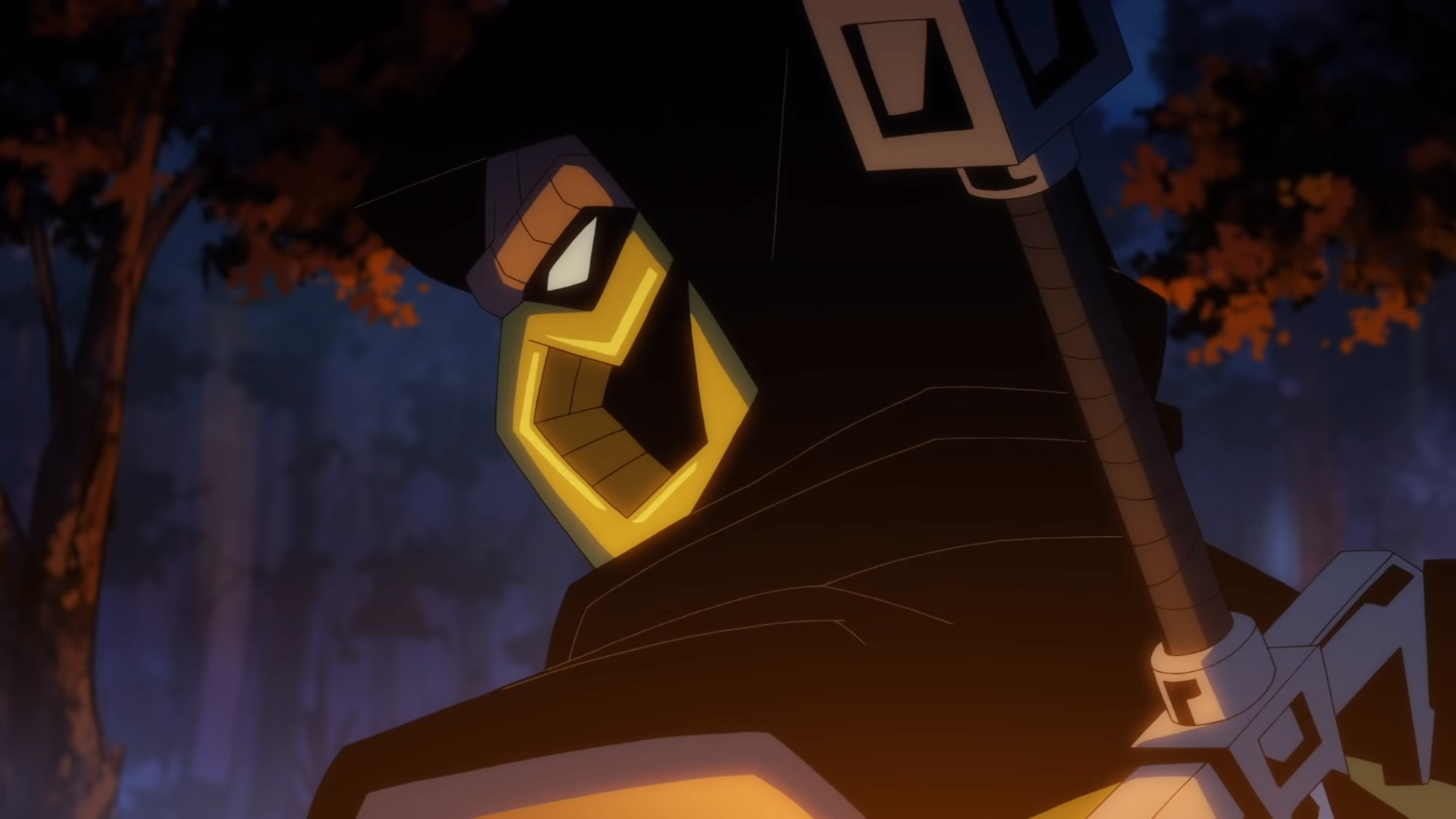
By Mr Toffee|April 23, 2020
You can count the number of good video game adaptations with just two hands if we're being generous. This specific genre gets a bad rep because direct...
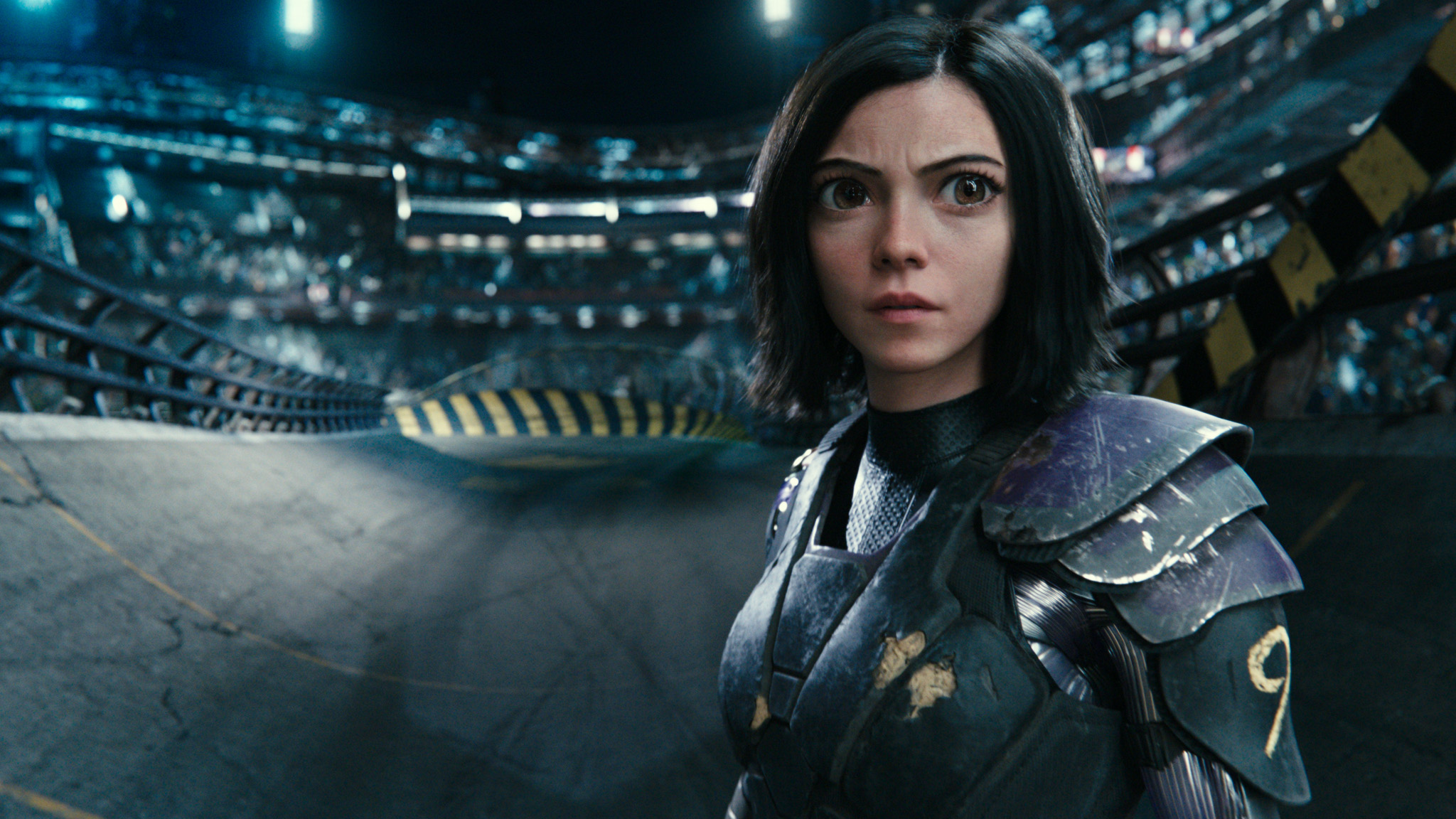
By iainmcnally|February 6, 2019
Just like the long rumoured live-action versions of Evangelion and Robotech/Macross, for years James Cameron's Battle Angel Alita only existed as hope...

By Mr Toffee|February 2, 2024

By Team KKP|July 1, 2023
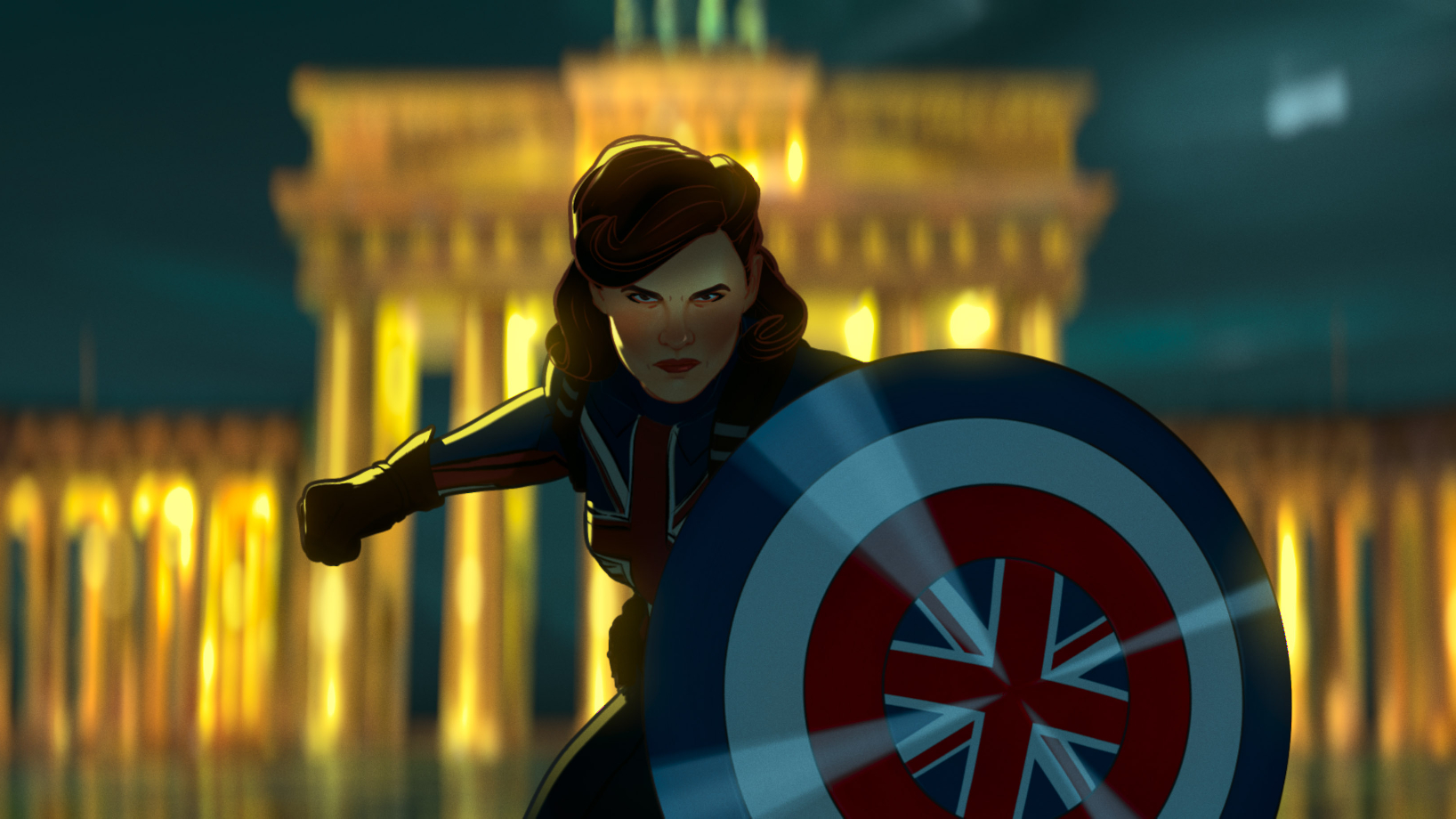
By Alleef Ashaari|August 2, 2021
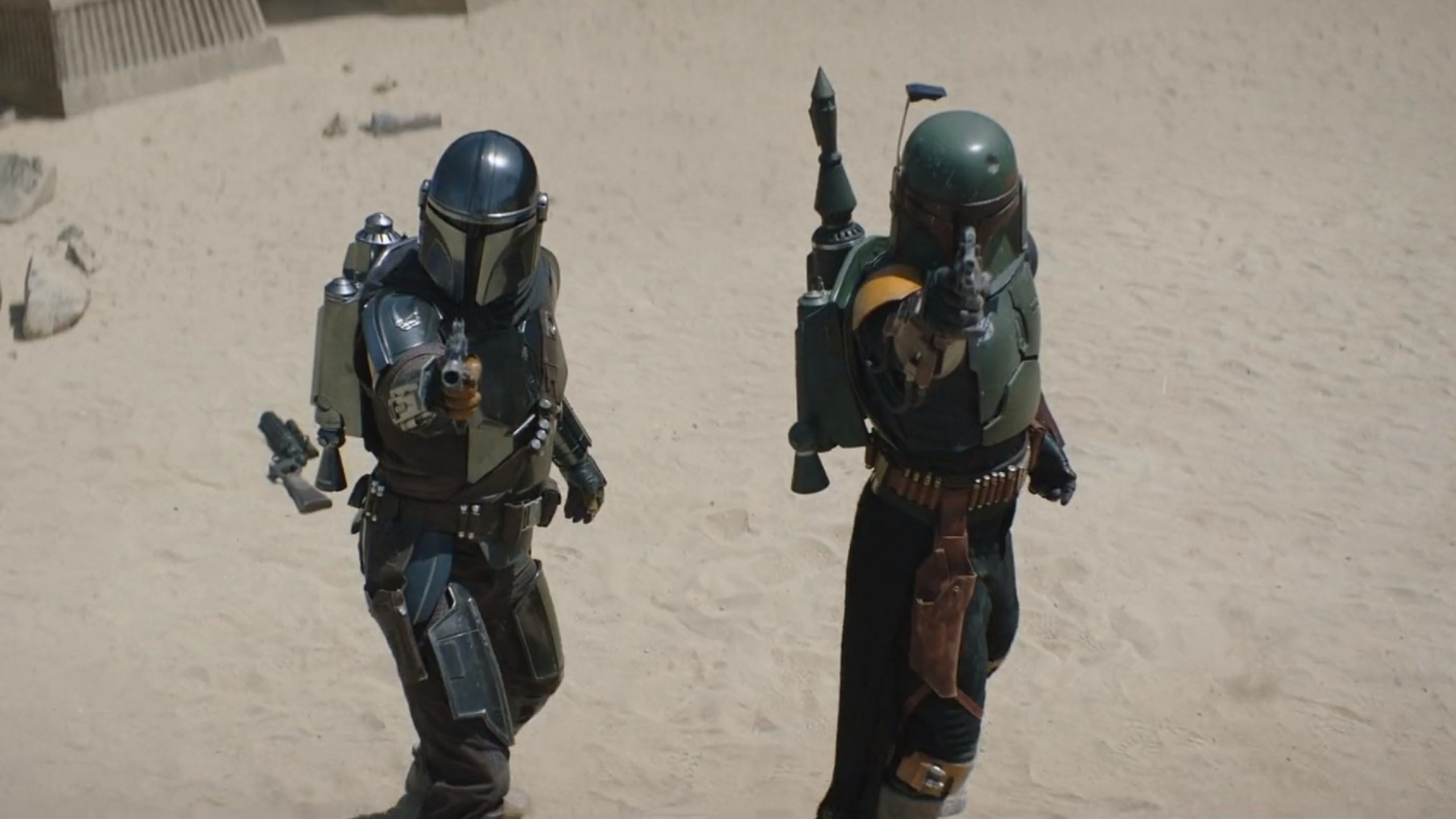
By Alleef Ashaari|February 9, 2022

By Mr Toffee|February 2, 2024

By Team KKP|July 1, 2023
Copyright @ Kakuchopurei 2024
The One Piece Anime Remake Announced, Coming To Netflix
December 17, 2023 at 5:41 pm
[…] the meantime, check out our review of Netflix’s One Piece Season 1 here, as well as our interview with the VFX director of the series in the video […]